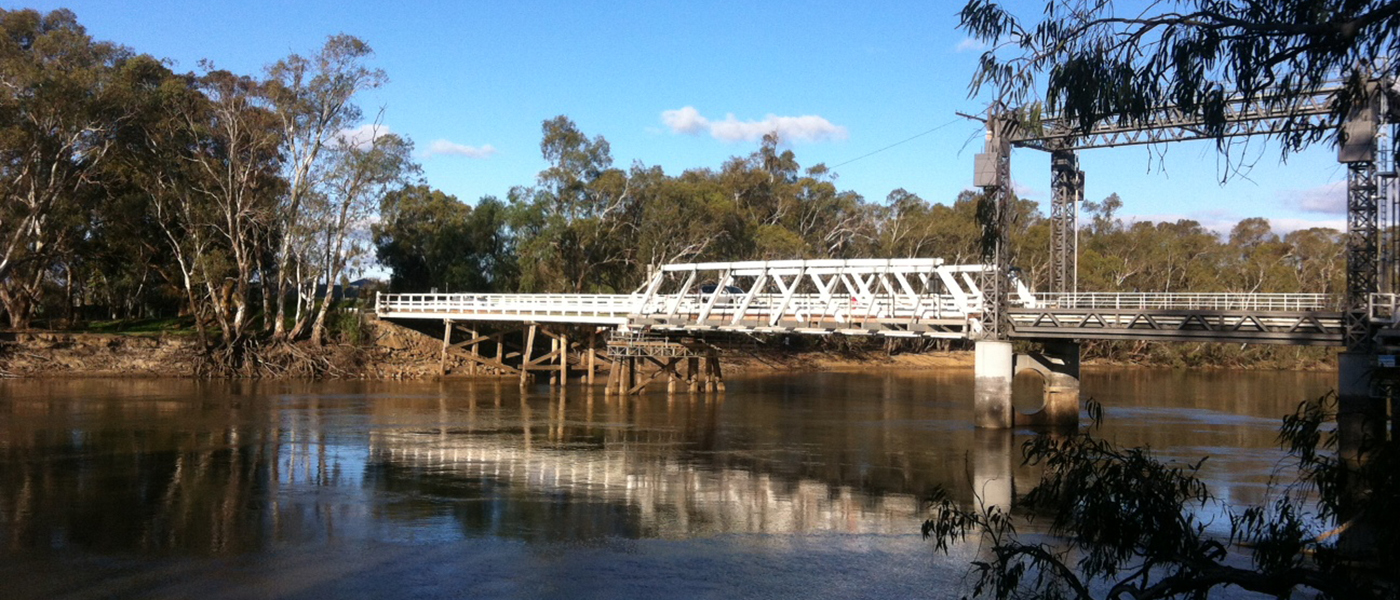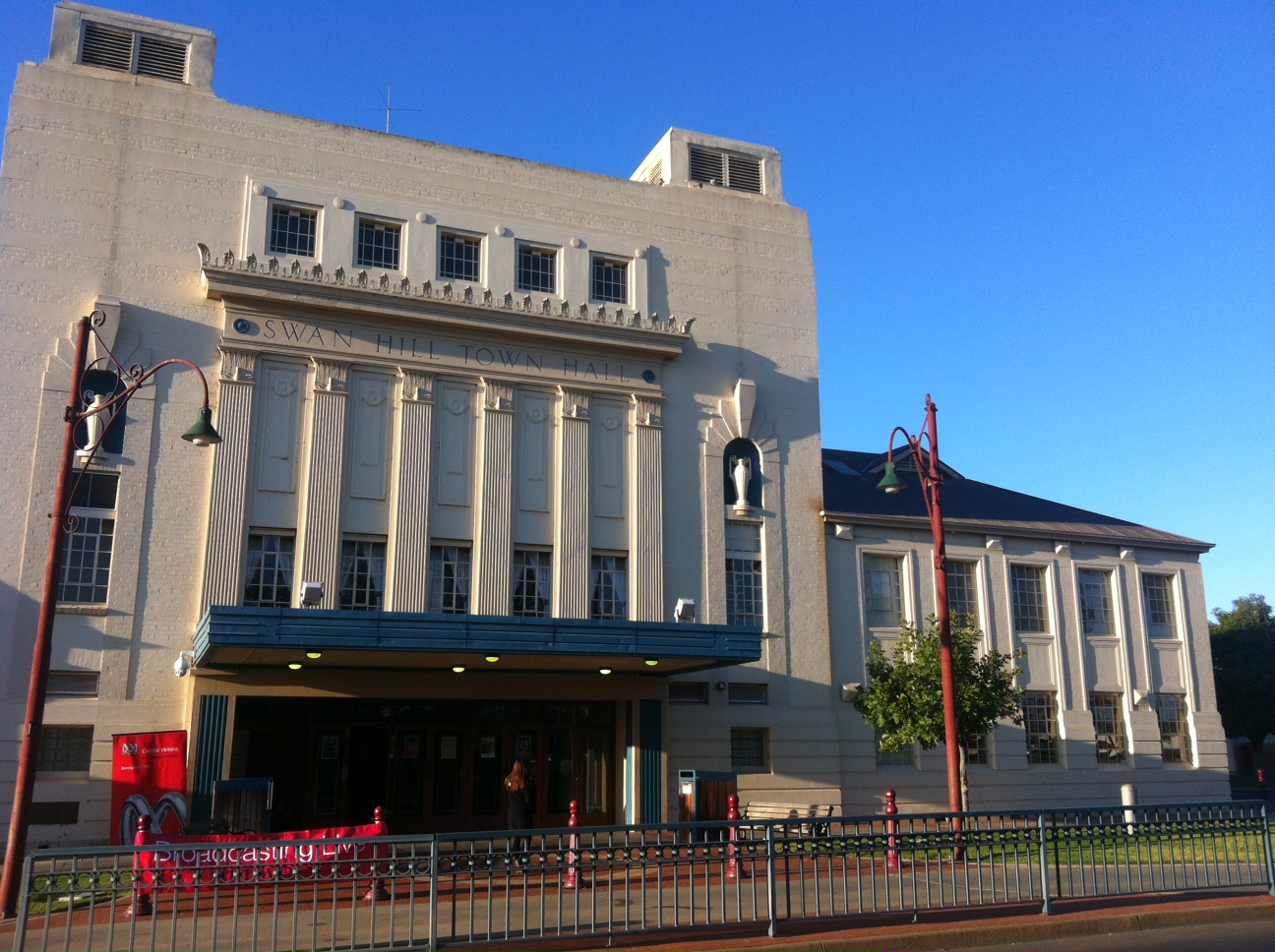
Swan Hill Rural City
Located in the north west of Victoria, Swan Hill Rural City is a principally agricultural and horticultural region. The municipality is bordered by the Murray River for over 300 kilometres. The economy is highly dependent on the river for irrigation, domestic and industrial water supplies as well tourism and recreation. The river is central to our region’s lifestyle. Swan Hill and Robinvale are the two largest service centres in the municipality. Other settlements, include Lake Boga, Manangatang, Nyah, Nyah West, Piangil, Ultima and Woorinen South.
Covering an area of 6117 km2 Swan Hill RCC is home to an estimated 20,394 people. The Swan Hill city itself, located at the junction of the Murray and the Little Murray Rivers, has a population of some 10,000 and is a regional service centre for around 40,000 people across the catchment. This catchment stretches along the Murray Valley into our state’s Mallee and the Western Riverina in New South Wales.
Influenced by irrigation from the Murray River, agriculture, horticulture, viticulture and tourism are important industries in our region. The Swan Hill region currently boasts the biggest almond farms in the Southern Hemisphere, the largest Australian concentration of fresh stonefruit and table grapes and after Sunraysia, the second largest wine grape production region in Victoria. Other major industries include manufacturing, tourism, retail trade and construction.
The area was given its current name by explorer Major Thomas Mitchell, while camping beside a hill on 21 June 1836.
“Among the reeds on the point of ground between the two rivers was a shallow lagoon where swans and other wild fowl so abounded that, although half a mile from our camp, their noise disturbed us through the night. I therefore named this somewhat remarkable and isolated feature Swan Hill, a point which may probably be found to mark the junction of two fine streams”.
Before long agricultural selectors arrived and opened up the Mallee areas for grain production. Within a few years, the region’s produce was being sent not only to larger Australian cities, but also to markets around the world. By the end of the nineteenth century intensive irrigation development and other new agricultural endeavours were underway.
Swan Hill today is a thriving regional municipality with a growing population and a strong economy.

